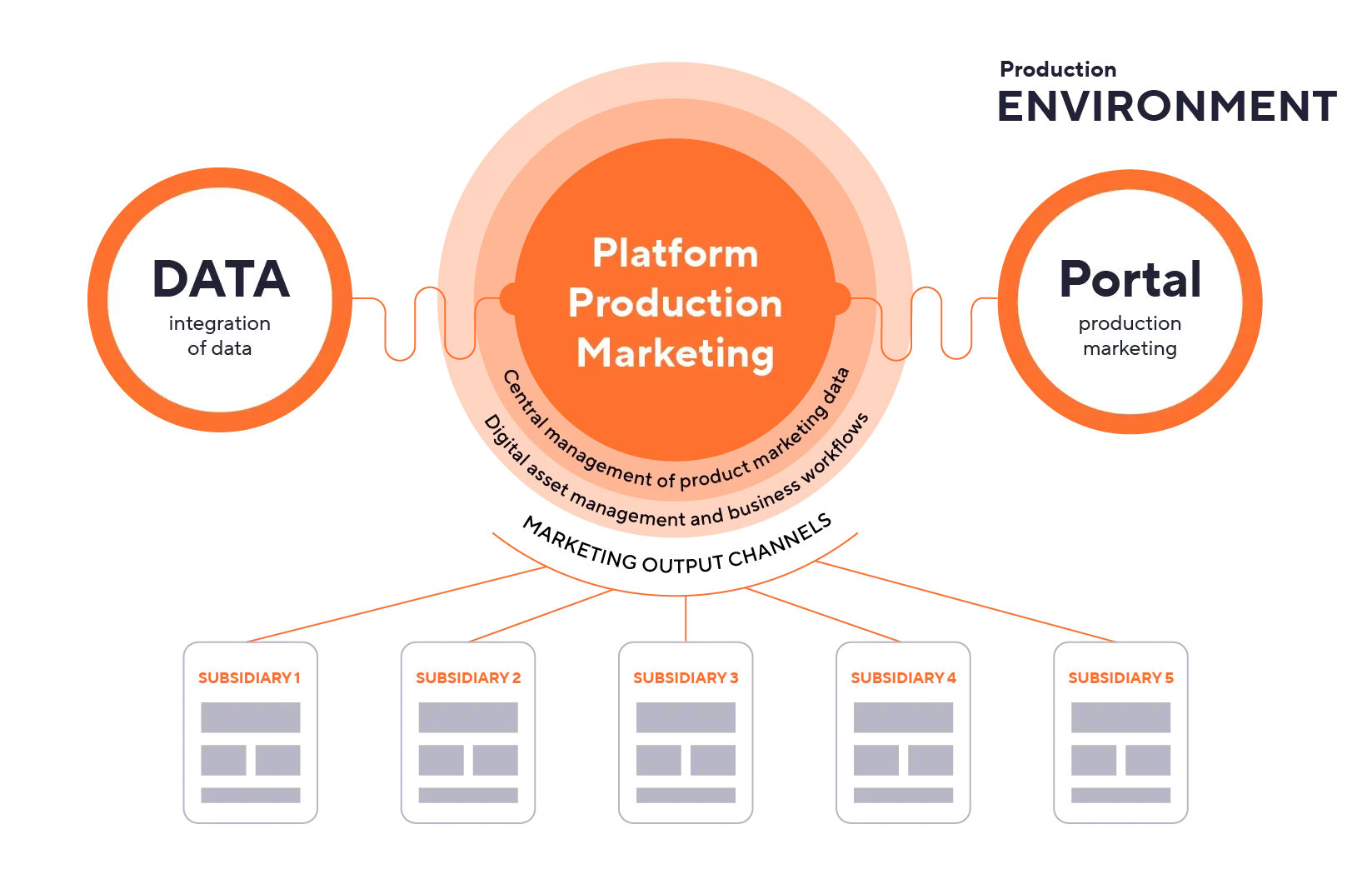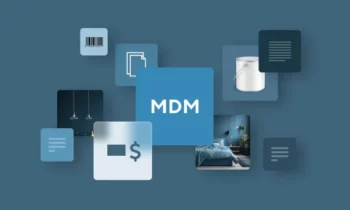Master Data Management: Key questions to ask before starting a project

Master Data Management (MDM), in its strict definition, represents the set of processes aimed at creating a single source of truth for widely shared company data, such as customers, products, suppliers, employees, locations, and organizations.
Choosing to implement an MDM is a strategic initiative for companies looking to leverage information to serve customers, enhance commercial and marketing efforts, and optimize the supply chain.
More precisely, Enterprise MDM automates the management and enrichment of information to ensure it is ready for distribution across specific channels such as catalogs, e-commerce sites, and email campaigns.
What is MDM?
In today’s environment, where digital transformation is a priority for many companies, building a centralized data repository is crucial. It ensures that all entities within a group, brands, and channels have access to up-to-date information, while allowing them to adapt it to their specific needs.
Here, we no longer view data silos like DAM (Digital Asset Management), PIM (Product Information Management), or MRM (Marketing Resource Management) as separate entities. Instead, the focus is on centralizing essential data to streamline marketing production.
By combining the PIM and DAM concepts, MDM aggregates product information for the storage and management of images, ready for distribution across print, web, and social channels.
In short, MDM consolidates existing data to address various distribution channels.
Preparing for your project: What questions should you ask?
Deploying an MDM solution can be costly and time-consuming, as it addresses specific needs in terms of data quality, traceability, validation, and accessibility. Therefore, it’s essential to be well-prepared!
Here are the most important questions to consider before starting your project:
- How many brands or entities are involved in this project?
- How many products do I have?
- What is the volume of my product data?
- How many languages do I need to support?
- How complex are my products?
- Do I have product ranges, categories, or subcategories?
- What product information do I need to manage (origin, labels, size, color, material, weight, etc.)?
- What is the confidentiality level of my data?
- How many people will access the MDM, and what will their roles be?
- What internal skills will be involved in the project?
- Is the IT department available to manage this project?
- Do I need to hire additional resources for this project?
- What hosting solution do I want?
- How urgent is this project for my company?
- What is the timeline for implementation?
- What existing tools will I need to integrate with the MDM (ERP, supplier databases, DAM, Excel files, etc.)?
- What growth objectives does my company have?
- How can I budget for an MDM project?
Starting an MDM project: How to define your needs
A project of this nature will begin with workshops led by experts to identify user needs, adapt the solution to internal processes, and establish a complete roadmap.
Here are some key questions to address during these workshops:
- How are your internal processes structured today?
- What business challenges are driving your investment in this type of project?
- How will product information be structured and linked within the platform, and for what purpose?
- Will the data be distributed across multiple channels? If yes, which ones?
- What will be the information collection flows for upstream product data?
- What will be the steps for completing a product record?
- What will the data validation flows look like?
- What is the project timeline?
- What is your allocated budget?
- What qualitative and quantitative objectives do you expect to achieve?

Why now?
Master Data Management (MDM) is a highly relevant topic today. In fact, it ranks among the top 3 IT priorities for 50% of CIOs. Solving data quality issues has become an urgent need.
For many companies with multiple brands or subsidiaries, having a single source of truth where data is centralized and continuously updated is essential.
Need help defining your Master Data Management project? Contact our experts!


